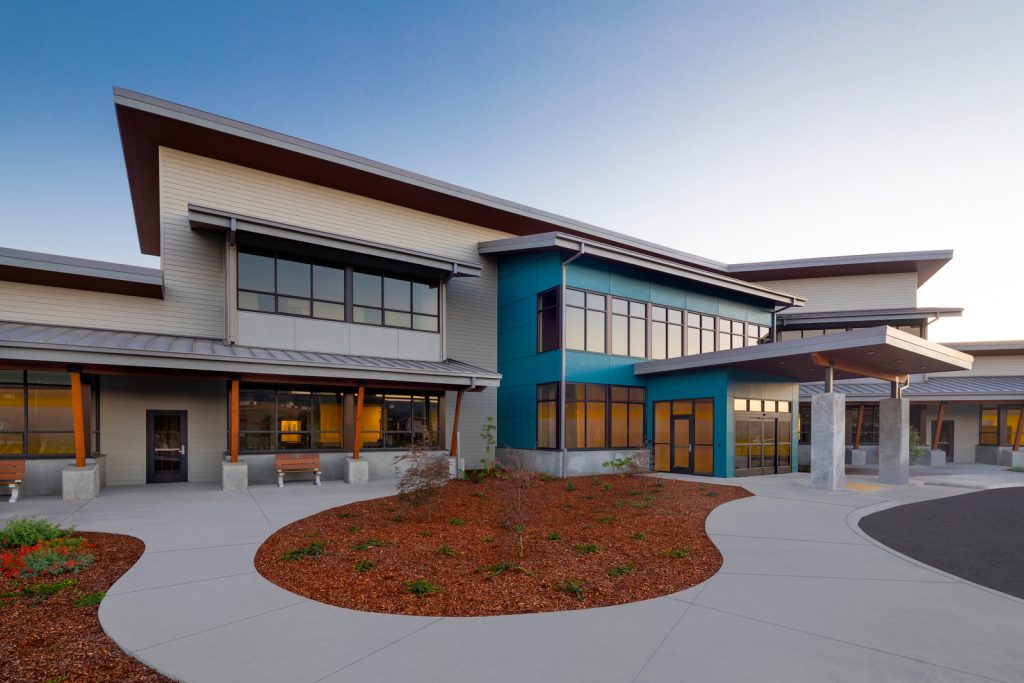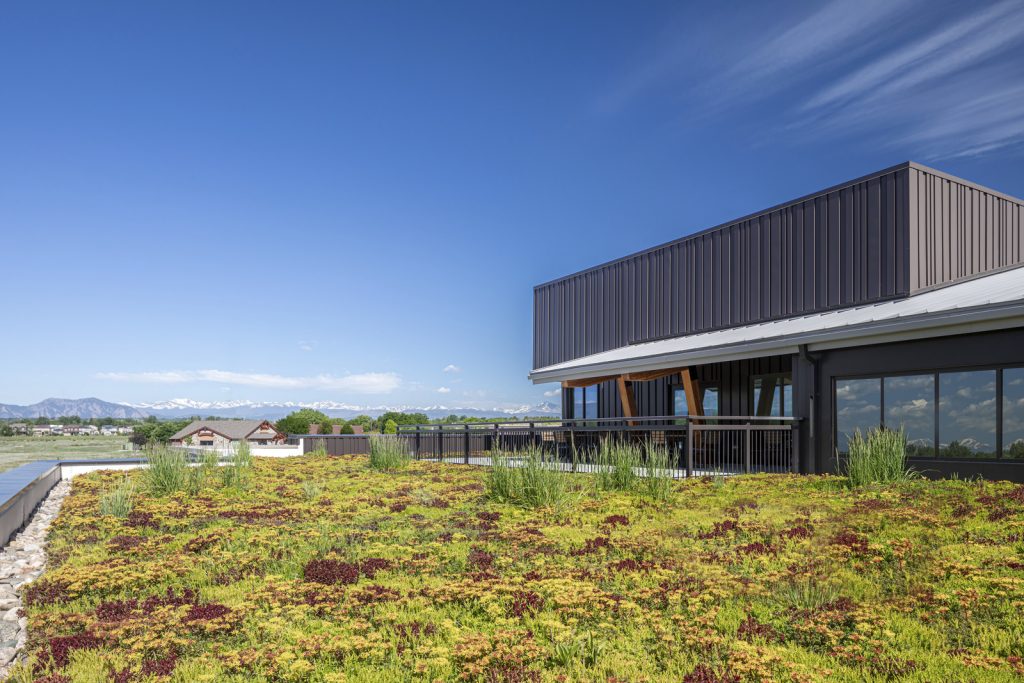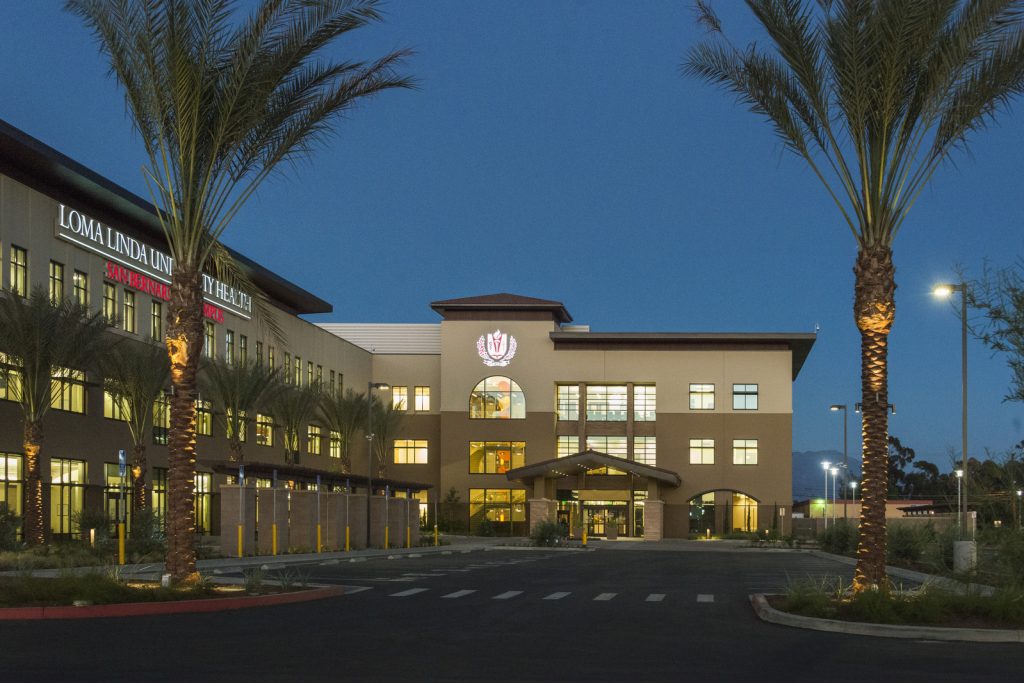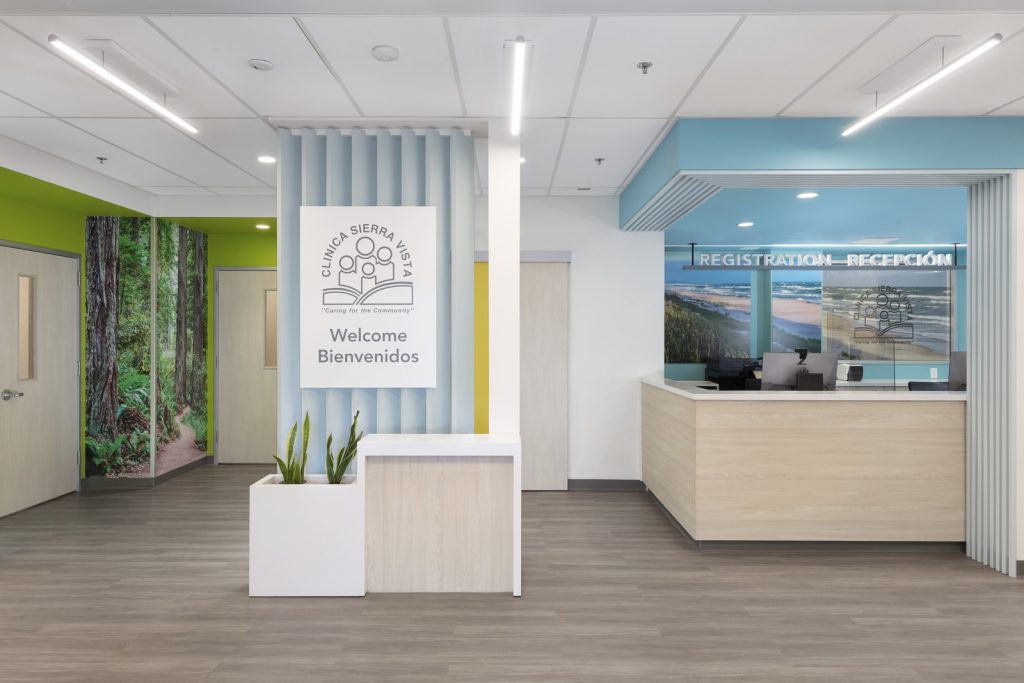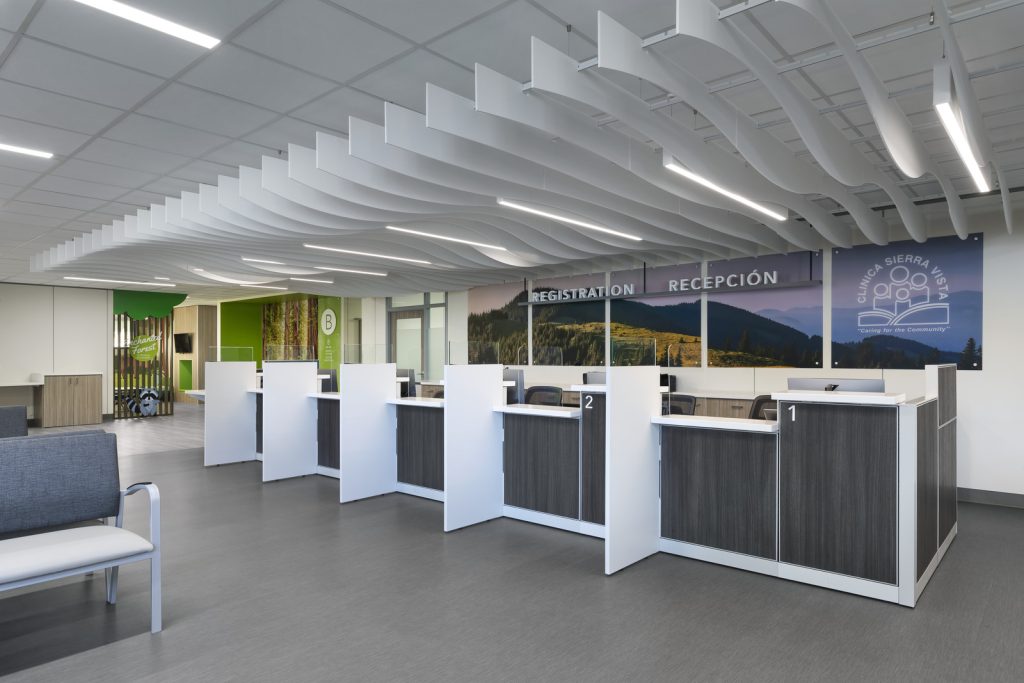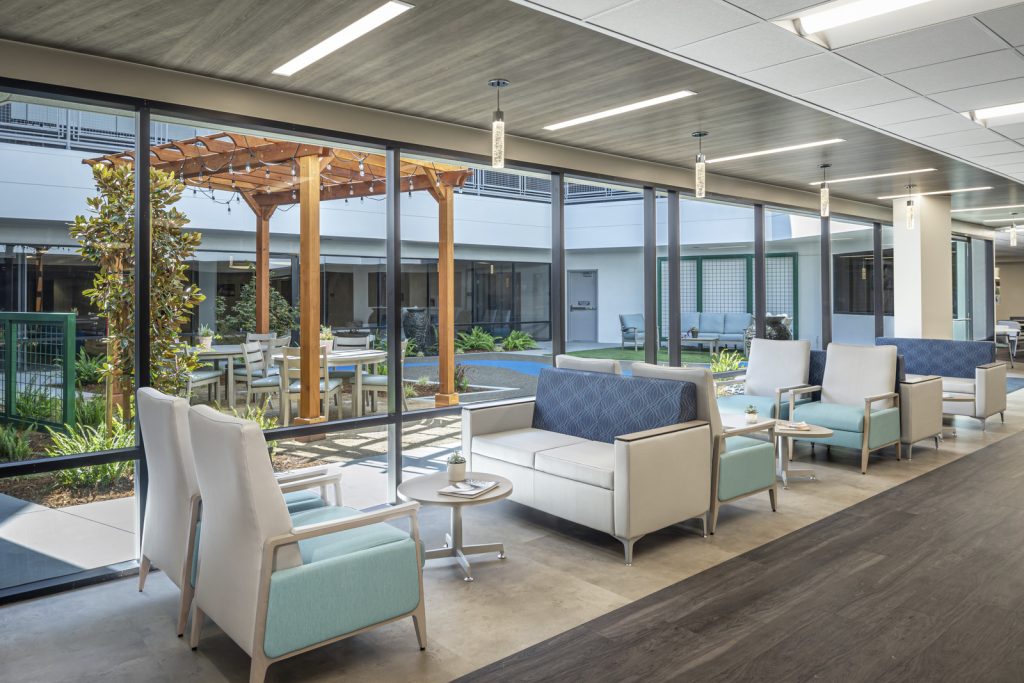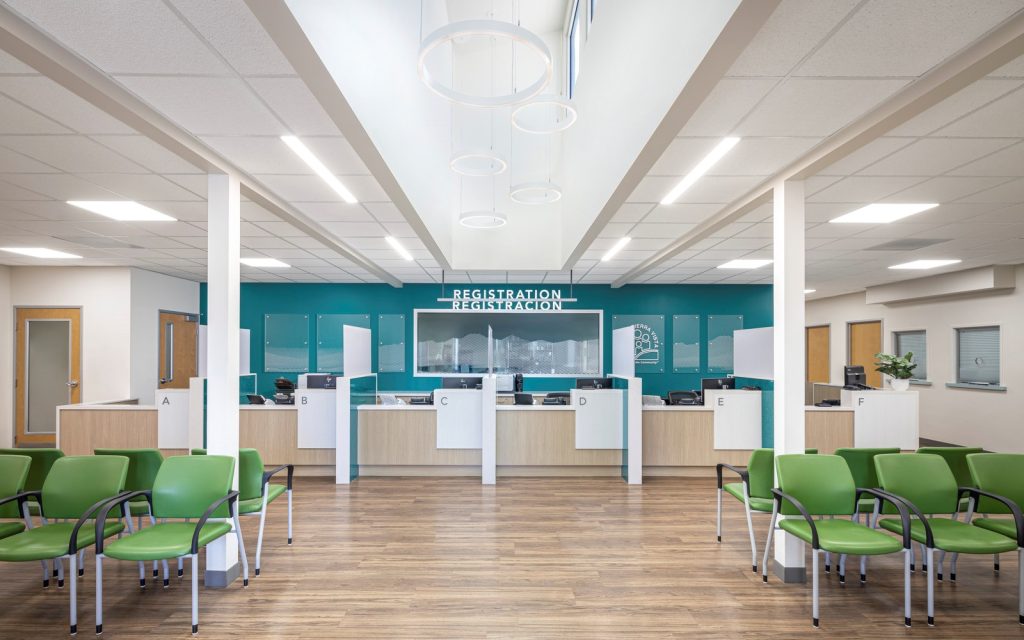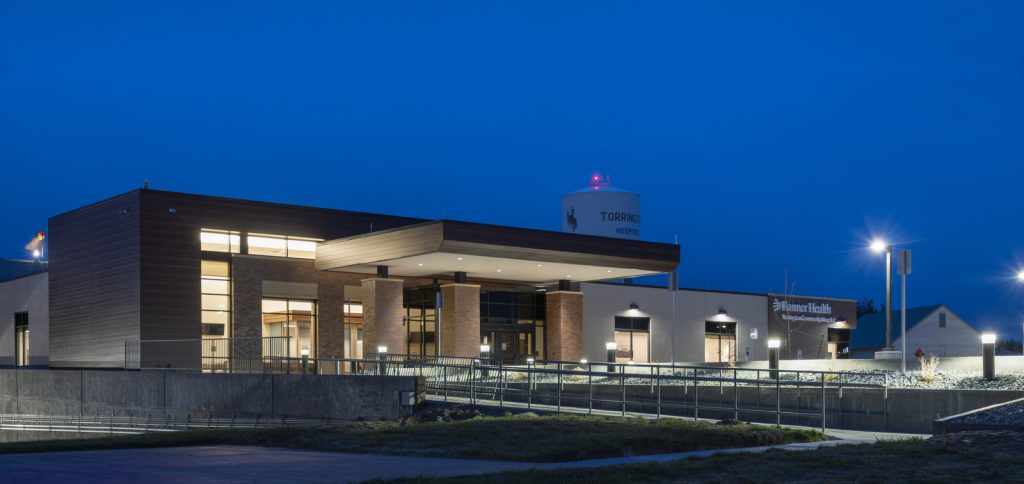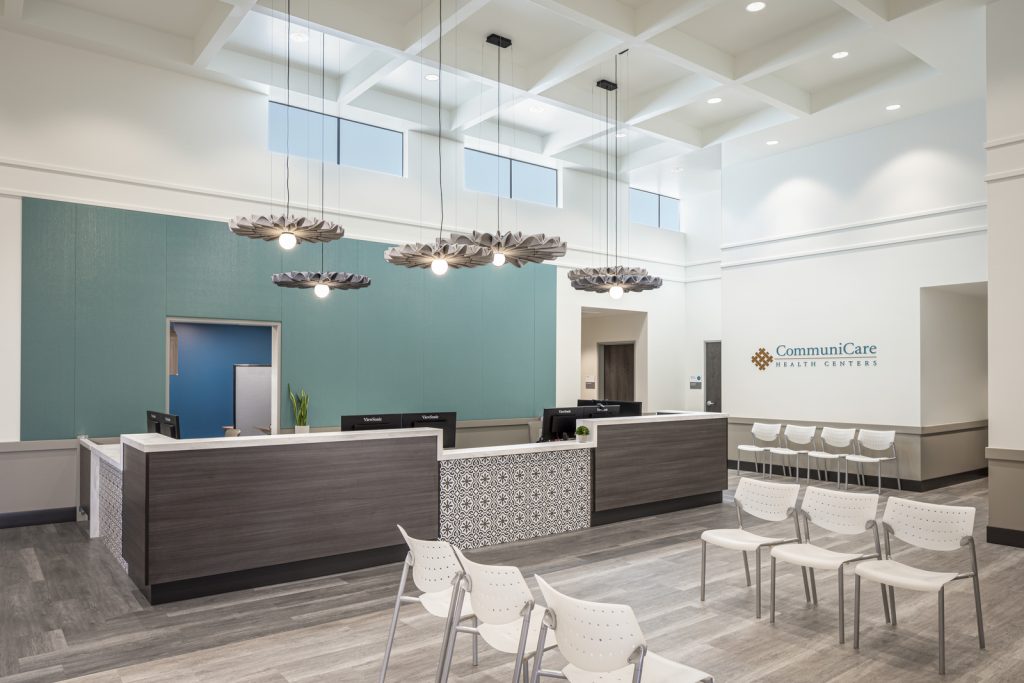Primary Care as we know it will be changed forever by COVID-19. It has and will continue to impact the care delivery model for medical groups, independent physicians, and community health centers. As of March 30th, at least 30 states and the District of Columbia have issued stay-at-home orders. These orders are forcing primary care providers to look to new ways to deliver care. With the CDC’s recommendation that providers reschedule all non-urgent patients and consider strategies to prevent patients from coming to facilities, primary care organizations are turning to telehealth. While the concept is not new, telehealth has not caught on the way many of our other services, like banking, have moved online. A key factor in why telehealth services have seen greater adoption is reimbursement.
Beginning March 6, 2020, Medicare will temporarily pay clinicians to provide telehealth services for beneficiaries residing across the entire country. According to CMS, prior to this announcement, Medicare was only allowed to pay clinicians for telehealth services such as routine visits in certain circumstances. For those with private pay insurance, all but eleven states have adopted telemedicine “parity” laws providing coverage for telemedicine regardless of the patient’s location.
COVID-19 is going to turn telemedicine from a “cool, nice to have” nod to a tech future to a necessary part of the provider-patient experience. It will force the industry to change, demanding that patient health needs are supported through virtual visits, emails, and text messages.
Already, some primary care practices are reporting “being overwhelmed by patients’ virtual questions”. This, while a strain on the practices, points to how quickly the patient population is turning to the online environment in seeking out information from their providers. The impetus next is on the providers’ ability to adapt, respond, and quickly pivot to telehealth to meet the patient needs.
What happens with telehealth after COVID-19, and what are the knock-on effects?
While we may not see a wholesale shift to a future where telehealth visits replace physical visits, this will no doubt lower the hurdle to greater and faster adoption of virtual visits as a fundamental part of primary care delivery. Its ease and convenience will allow primary care providers more frequent check-ins to better support wellness and manage preventive care associated with social determinants of health such as fitness, nutrition, mental health. And it will save everyone that most precious of irreplaceable commodities: time.
As a busy mother of two, wrangling my kids into my car, driving to the clinic, waiting in a waiting room (post-COVID especially) every time they have an ear infection gets less and less appealing when I have experienced an alternative. In time, patients may come to expect and prefer that their provider manage their care remotely.
As a healthcare architect, I am wondering what this means for my clients’ built environment. This culture shift will change and likely reduce the footprint of the traditional medical office environment. We can see how it will change primary care. Surgery, Imaging, and Diagnostics will continue to require physical space for the immediate future (although the latter two may shift more quickly than one thinks.) Pharmacies, among the first of healthcare services to go online, are now faced with Amazon’s online pharmacy, PillPack, that will manage and fill all your prescriptions, organize your medications into a single daily pack, and deliver them to your house.
But in the same way that Amazon has not made bookstores obsolete, I think the smart infrastructure pivot is more a shift than simple reduction. A provider visit may become more about the experience of social access to resources that will connect patients to community and engage them in their health. If I am working on managing my nutrition and weight, a community wellness center offering medically supported nutrition and fitness programs where I can engage with my physician and other women in my social group, is an attractive alternative to a traditional office visit. And yet this is still a healthcare facility. In fact, it defines the holy grail of value-based primary care: health care instead of sick care.
The silver lining of these challenging times is that it may force the hand of innovation. In flattening the curve of the COVID-19 pandemic, we may also learn ways to bend the cost curve that has challenged our healthcare system.

